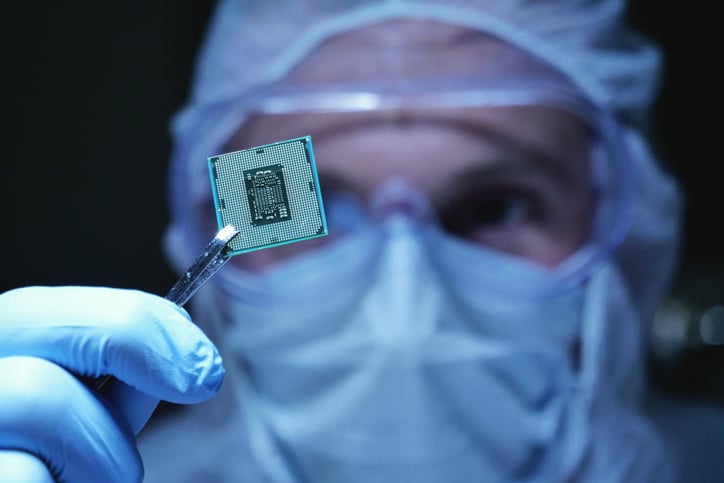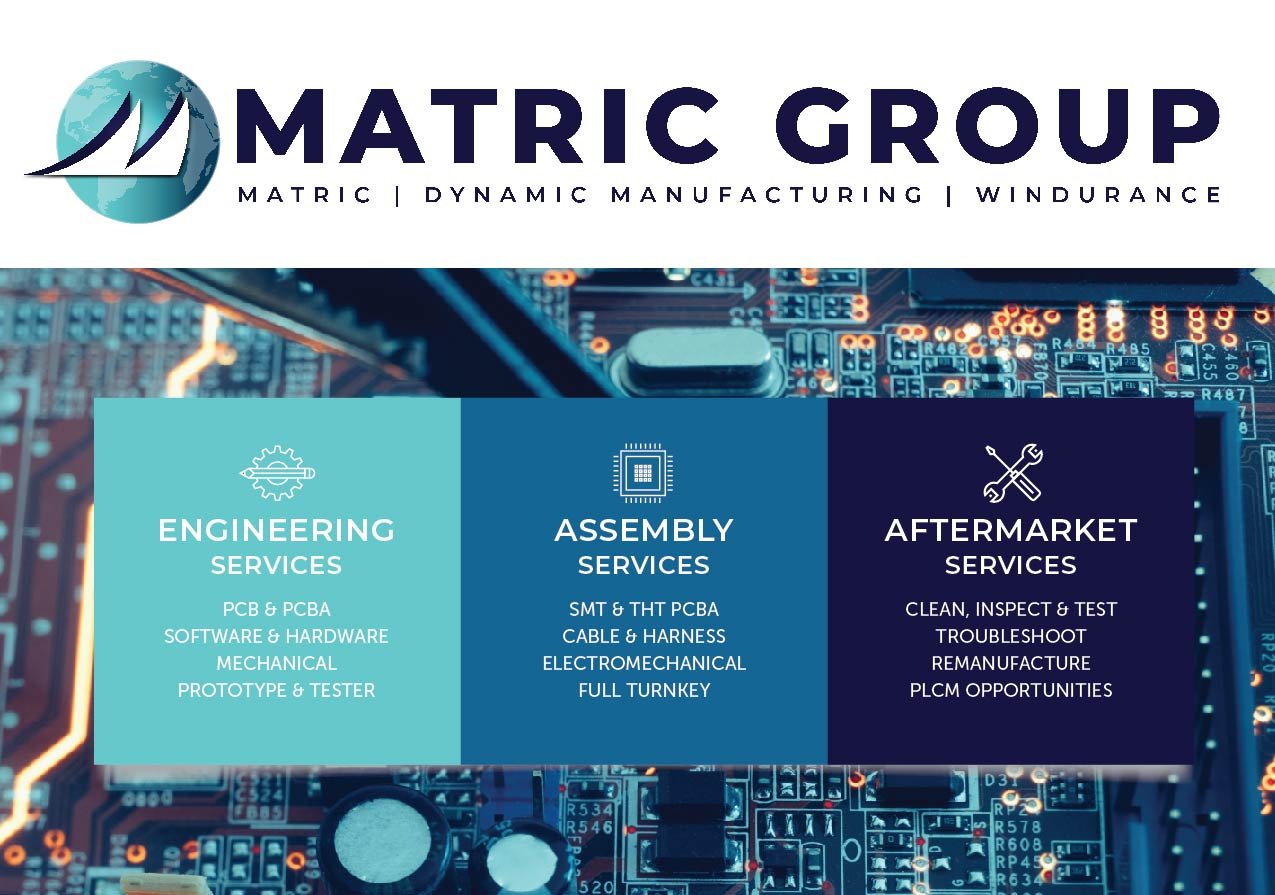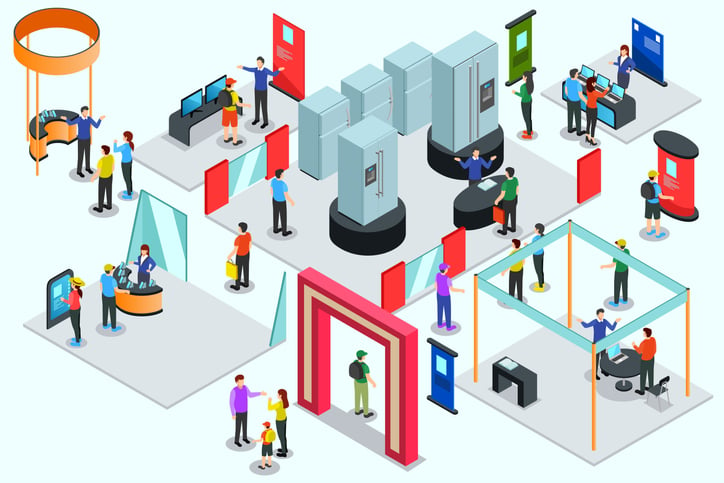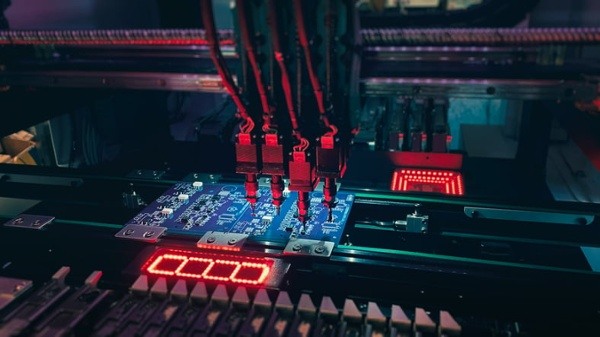7 min read
Financial PCBs 101: Payment Processing Systems
In the digital age, where transactions are often completed with a mere tap or click, the seamless operation of financial systems has become a...

7 min read
In the digital age, where transactions are often completed with a mere tap or click, the seamless operation of financial systems has become a...
3 min read
If you’re looking for an electronics contract manufacturer, what are the most important factors you consider? Is it the price or quality of the...
2 min read
(Photo courtesy U.S. Air Force) Electromechanical PCB box build assembly services are one of the most important offerings of electronics contract...
3 min read
Medical device product life cycle management is a challenge at the best of times. It becomes even harder when supply chains are disrupted (such as...

2 min read
Global supply chain shortages mixed with bottlenecks in the shipping industry and labor shortages have triggered serious problems in nearly every...
2 min read
A first article inspection for electronics products is a verification process that documents and certifies the accuracy of each and every facet of...
2 min read
PCBs have been getting smaller for the past few decades, and few industries have taken more advantage of that than the medical industry. While that’s...
3 min read
Medical device companies looking for a PCB design and assembly partner have many important factors to consider, all with the end user’s well-being at...
2 min read
As with most things you can purchase, there’s a strenuous relationship between cost and quality with PCB assemblies. However, there is a happy medium...
3 min read
Deciding on the best testing method for your printed circuit board can be a daunting task. There are plenty of factors to take into consideration,...

1 min read
Fall in the Northeast means a lot of fun activities in your personal life and year-end planning and reporting in business. It also can mean a lot of...

5 min read
As young people enter the workforce, it is important to develop and possess certain qualities in order to be successful. Employers expect individuals...
3 min read
Understanding your marketing is key to a successful product run. That applies not only to your customers, but their home country as well.
2 min read
In the constantly evolving world of technology, safety remains a top concern among engineers during development. Whether it’s a sensor in your car,...
3 min read
The most painful part of developing with electronics is knowing your success is fleeting. Eventually, all parts must die, or at least fade away into...
3 min read
While there are many common printed circuit board defects, one of the most notorious is burnt components. It's also, unfortunately, one of the most...
5 min read
When you order printed circuit boards (PCB), you know the pricey consequence of failure. The last thing you need financially is for your PCBs to...
3 min read
The adage “If it’s not broken, don’t fix it” holds no ground in the realm of public transportation, mining equipment, and numerous other high-stakes...
4 min read
With the rise of IoT and technology in general, electronics are featured in many environments, exposing delicate electronic connections to potential...

2 min read
The Design-2-Part show for the Greater New York area will be held April 26-27 in Secaucus, NJ.

6 min read
The world of PCB assembly capabilities is changing rapidly, and forecasters expect PCB manufacturing capabilities to expand for the next 10 years....
3 min read
When an OEM is sourcing out work -- let alone aerospace electronics manufacturing -- it’s likely to come across companies that boast about all sorts...
3 min read
In 2006, the European Union rolled out a directive restricting the use of certain hazardous chemicals. This directive, Restriction of Hazardous...
2 min read
As today’s electronics designs become smaller and more complex, more engineers are relying on surface mount technology. After the 1980s, this...
3 min read
Among the serial data interfaces -- SPI, Flex I2C, and many more -- available for electronic equipment, two stand out for their longevity. In spite...